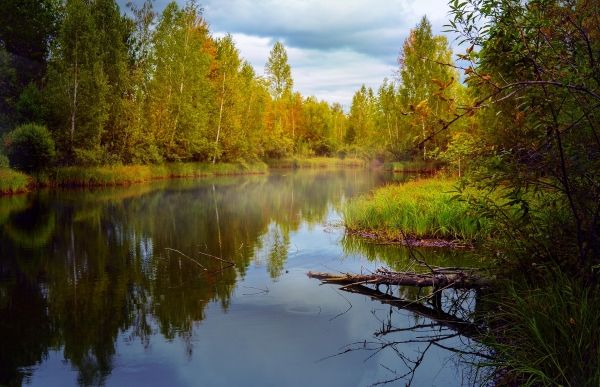Carbon loss in Canadian peatland is projected to increase by 103 per cent under a high emission scenario, according to new research led by scientists from the University of Waterloo.
The results of the study, which was published today in Nature’s Communications Earth & Environment journal, reinforces the urgent need for a comprehensive understanding of peatlands as evolving sources of atmospheric CO2 in a warming world.
Peatlands, which are a type of wetland, are some of the most valuable ecosystems globally. In addition to their role in preserving biodiversity and minimizing flood risk, they store approximately one-third of the world’s terrestrial organic carbon, despite only covering an estimated three per cent of the continents.
The researchers believe the study, which had Faculty of Engineering student Arash Rafat as lead author, has implications for future climate policy. Even under the lowest radiative forcing scenario, peatlands will act as a source of CO2 during the non-growing season (NGS) throughout the remainder of the 21st century. This reinforces the hypothesis that climate warming has the potential to increase peatland CO2 emissions during the NGS across various northern regions from around the world.
Photo Credit: Larisa-K via Pixabay
Read more at: University of Waterloo


